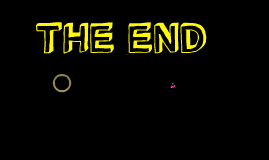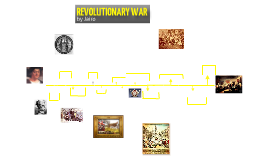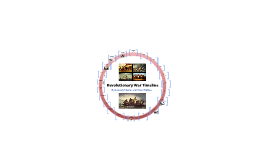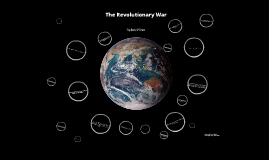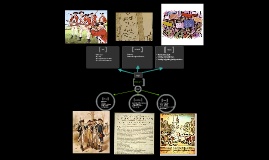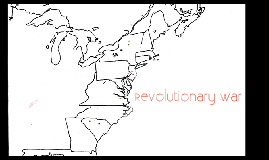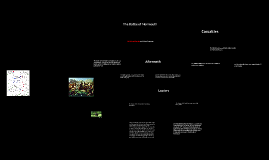Revolutionary War
Transcript: This ended the French and Indian war. Known as the 7 years war, a fight for the Trans-Appalachian region. Involved England and Prussia against France, Austria, Russia and Spain. France lost Canada to Great Britain. It required colonist to provide housing, food and drink to British troops stationed in their towns The purpose was to improve living conditions and decrease the cost of the war New York assembly refused, they were the main port at the time, so parliament passed the New York Suspending Act, suspending their assembly until they complied. Repealed the Stamp Act It stated that the British Parliament’s taxing authority was the same in America as in Great Britain They had directly taxed the colonies for revenue in the Sugar Act Passed by parliament They were named after Charles Townshend The most important laws it made up were, the Revenue Act of 1767, the Indemnity Act, the Commissioners of Customs Act, the Vice Admiralty Court Act, and the New York Restraining Act. It was made for many reasons, like making the colonist pay more taxes to England Were provisional Patriot emergency governments established in response to British policy Served as a vast network of communication throughout the Thirteen Colonies between Patriot leaders Formed in cities and regions The Sons of Liberty 2nd Continental Congress May 10, 1775 Battle of Bunker Hill June 17, 1775 It was meant to be a bailout policy to get the British East India Company out of debt. The company was suffering from massive amounts of debts the company was required to exclusively sell its tea at auction in London. This required the British East India Company to pay a tax per pound of tea sold which added to the company’s financial burdens This granted the British East India Company license to export their tea to the American colonies Battle of Yorktown September 28- October 19, 1781 Committees of Correspondence 1772 Stamp Act 1765 Boston Massacre March 5, 1770 Adopted by the Continental Congress Stated that the 13 colonies were independent states now They were no longer under the rule of the king Thomas Jefferson wrote this document He was influenced by Locke and Paine The British Redcoats were camped out in Yorktown where the battle was and they were fighting the American and French. The French and American were led by George Washington, the Redcoats were led by Cornwallis. The British surrendered on October 17, 1781 at Yorktown and the Revolutionary war was officially ended in 1783, when the Treaty of Paris was signed. Prohibited the American colonists from establishing settlements west of the Appalachian Mountains Acknowledged that Indians owned the lands on which they were on and white settlers in the area were to be removed. Provision was made to allow specially licensed individuals to operate in fur trading. Published at the beginning of the Revolution Wrote and reasoned in a style that common people understood He simply stated what the king has ever done wrong It was the second most popular book at the time The British placed a tax on sugar, wine, and other important things because they wanted more money. The British wanted money to help provide more security for the colonies. This upset the colonists very much. They began to boycott because if they only traded with Britain, they wouldn't be able to sell their goods for as much. Battle of Saratoga September 19, 1777 Met in Philadelphia from September 5, 1774 to October 26, 1774 in Carpenter's Hall. Virginia's delegation was the most professional, and some members included was George Washington, Patrick Henry, Richard Bland and Peyton Randolph, who was the head of all of these men and more who were not named. The congress had three main things they wanted to do, and that was to make a statement of colonial rights, to come up with a plan that would convince the British to restore those rights and to see what British parliament's violation of those rights were. Coercive/ Intolerable Acts 1774 The killing of five colonists by British regulars The tension in the colonies had been growing since Royal troops first appeared in Massachusetts to enforce the heavy tax burden imposed by the Townshend Acts. Treaty of Paris (American Revolution) last major battle during the American Revolutionary War led by George Washington and Comte De Rochambeau, they were able to surround Cornwallis and his troops and after six weeks a fighting he finally surrendered The delegates of the 13 colonies needed to talk about their next move so they met at the State House in Philadelphia on May 10, 1775. In the second continental congress they made decisions like how to protect themselves and how to attack the British, and when and where they could do that. New delegates were also brought in: Benjamin Franklin, Thomas Jefferson and John Hancock. During this, George Washington was elected as Commander In Chief of the militia they had put together, which was also known as the Continental Army. Revolutionary War Timeline Thomas






